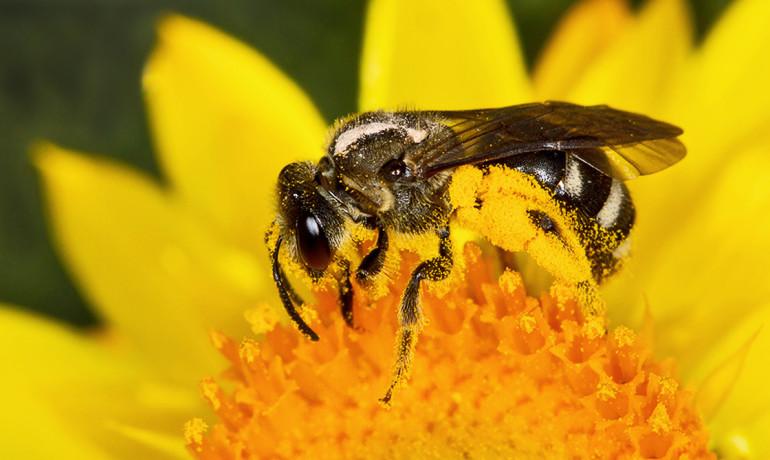As wild bee diversity declines worldwide at unprecedented rates, 58 bee researchers call for conservation action—and not just for the species that pollinate our crops.
“This study provides important support for the role of wild bees to crop pollination,” says coauthor and pollination ecologist Neal Williams, associate professor in the University of California, Davis department of entomology and nematology.
